Disclaimer: What follows are specific plot details and spoilers of “The Hunger Games: Catching Fire.” The review contains spoilers regarding the movie. Do not read this review if you have not watched the movie yet, and you wish to in the future.
When it comes to movie franchises, particularly those of the “three and done” variety, the odds are ever in the second film’s favor. These films are typically darker, larger in scale, and the filmmakers behind them jump at the attempt to craft a perfect setup for the trilogy’s conclusion. These are all aspects “The Hunger Games: Catching Fire” wears– sort of.
The cinematic adaptation of the final book in Suzanne Collins’s trilogy, “Mockingjay” has been split into two parts (as was the case with the Potter and Twilight finales), the first of which is slated for November 2014. So it’s no surprise that this second installment feels like filler; but it does the trick. Based on the novels by Suzanne Collins, the film serves as decently exciting transition from the adventurous adaptation of the first novel to a hopefully explosive finale.
Jennifer Lawrence and Josh Hutcherson return in their respective roles as Katniss Everdeen and Peeta Mellark, citizens of the 12th District of the future North America, Panem. Katniss and Peeta, co-winners of the 74th Annual Hunger Games the previous year, now find themselves worldwide celebrities, touring through the impoverished and oppressed Districts. But the Capitol and President Snow (Donald Sutherland), ruling as a heartless dictator, wish to use Katniss and Peeta to crush the revolution that is beginning to brew among the 12 Districts.
Much of this second film in the Hunger Games trilogy is spent on this tour, the pageantry that Panem holds in such high regard on seemingly constant display. Screenwriters Simon Beaufoy and Michael Arndt – writing here under the name Michael deBruyn – take their time getting to the meat of the film, the 75th Annual Hunger Games, where President Snow has a few menacing tricks up his sleeve to commemorate the milestone anniversary.
The Games do eventually commence, but only after the colorful characters and engaging world author Suzanne Collins created have been appropriately brought to light. There are a lot of unanswered questions going on inside “The Hunger Games: Catching Fire,” most of them pertaining to the rules of this future society, but Beaufoy and Arndt do a masterful job of giving us just the information we need without appearing to hand-hold us through this world. Panem feels more like something real in Catching Fire, at the same time more expansive and more grounded than what director Gary Ross delivered in the first film.
The directing duties were handed over to Francis Lawrence this time around, and he certainly captures the look Ross built up in the first film. From the gritty and gray Districts to the gaudy and glamorous Capitol, Lawrence takes the ball and charges headfirst into this vast future world. As with Beaufoy and Arndt and their adaptation of Collins’ work, Lawrence appears to be fascinated by the details. The sheen on Stanley Tucci’s character Caesar Flickerman’s teeth has never been this bright.
But the oppressive government and potential revolution are only the catalysts for the film’s main attraction, The Hunger Games: two volunteers from each District competing in brutal combat inside an arena until only one (or two given Katniss’ penchant for rule-bending) person survives. As with the first film, this is where Catching Fire begins to slip from captivating and awe-inspiring sci-fi bliss to charged but still clunky action.
Katniss and Peeta, both competing in the Games once again, now find themselves in a tropical region, allying and battling with a whole new cast of eccentric characters. The Games in Catching Fire never really find a strong foothold, and though their purpose to the story of the trilogy is solid and important, they come off as something of an afterthought. Those new allies and the depth they bring help, but the characters our protagonists go up against are little more than names and faces. Once again, the story is faced with that old problem of adapting a 400-page novel to a 150-page screenplay, and the film comes to an abrupt end, all the more abrupt if you haven’t read Collins’ novels.
Fortunately, the film works the revolution and government angle in the background the whole way through, setting up for a climactic, potentially two-part finale. Sutherland and newcomer Philip Seymour Hoffman, replacing Wes Bentley as the gamemaker, are exceptional in every scene they share. Hoffman’s character brings an added level of threat to the 75th Games, and his traps and tricks far more entertaining than watching people swing axes and fire arrows at their competition.
The actors filling the variety of roles are equally intriguing. Donald Sutherland playing President Snow and newcomer Philip Seymour Hoffman, replacing Wes Bentley as the Gamemaker, are exceptional in every scene they share. Hoffman’s character brings an added level of threat to the 75th Games, and his traps and tricks far more entertaining than watching people swing axes and fire arrows at their competition. Elizabeth Banks and Woody Harrelson return as the eccentric and colorful Effie Trinket and Haymitch Abernathy, respectively. Jeffrey Wright, Amanda Plummer, and Jena Malone are all superb as competitors in these new Games.
Liam Hemsworth comes back to build on the love triangle between him (Gale), Katniss, and Peeta. All franchises must now come complete with a love triangle, and the one at work in The Hunger Games series isn’t particularly as enticing as it might want to be. However, the conflict is scarcely brought to the foreground, and is thus not as big of an issue as it may have been otherwise.
Hutcherson is solid as Peeta, but there’s no denying Jennifer Lawrence is the true star of this series. Her portrayal of Katniss Everdeen brings every ounce of strength the character needs to come off as believably sympathetic. She doesn’t want to lead a revolution, but matters force her hand, and Lawrence nails both the reluctance and the energy the character displays as her government bears down on its people even harder.
The idea of revolution is nothing new to cinema (and novels), and “Catching Fire”– well, the “Hunger Games” series as a whole, really– has little fresh to offer when it comes to playing in that arena. However, the world building at work here and the constant stream of plot points keep the film from ever becoming stale. The film brushes over quite a bit, but what the screenwriters and director Francis Lawrence have given us is an energetic and solid second entry into what could potentially become a decent trilogy. However, it will have to be seen if the film adaptation of the often-criticized third novel, “Mockingjay,” is crafted with care. “The Hunger Games: Catching Fire” was made as such, and though that fire never rises to awesome heights, it absolutely whets its audience appetites.

![Smiling with Parkway North seniors Sarah Ham and Alison Lam (second and third from right), eight West state qualifiers hold up the iconic DECA symbol. The program has connected over 7,000 high schoolers, giving students the opportunity to network and expand their social circle. “Getting along with people that might be different from you is the most important part of DECA. You learn things about people that you originally wouldnt talk to, and its nice to know how to work with other people [as well as] make new friends in a different area,” junior Laya Krishnakumar said. Courtesy of Laya Krishnakumar](https://pwestpathfinder.com/wp-content/uploads/2024/04/IMG_7918-1200x675.jpg)
![Latin students pose for a group photo in front of historical ruins in Italy. From March 13 to March 23, the Latin department traversed cities in Italy to immerse students in an educational experience of a lifetime. “I enjoyed being able to learn about the different cultures. [The trip] encouraged me to see other peoples lifestyle and learn more about different histories,” senior Suraiya Saroar said.](https://pwestpathfinder.com/wp-content/uploads/2024/04/PXL_20240318_092633493.jpg)


![Members of concert band work to play the soaring melodies of Crowns of Glory by Jack Wilds during their winter concert. Because of the pieces difficulty, the band had to work together extra diligently to make it sound concert-ready. [Band has] helped me [with] teamwork because its not just an individual thing. The whole group has to be put together to make something amazing, Concert Band member and sophomore Ella Bruner said.](https://pwestpathfinder.com/wp-content/uploads/2024/03/unnamed-3-1-1200x800.jpg)
![From Jan. 22 through Feb. 1, Parkway West High is displaying a wide array of art pieces made by students ranging from elementary to high school. All classes were represented on the displays in both the art wing and the main foyer of the school. “[Art] benefits me because in the middle of a busy day. I can just relax and have some fun doing art and it makes me happy. I think its important that you show art in the art show so that people can get inspired by it and be inspired to create their own pieces; it’s really impactful,” sophomore Dhiya Prasanna said.](https://pwestpathfinder.com/wp-content/uploads/2024/02/image1-1200x800.jpg)




![Moviegoers smile for a picture after watching the Bollywood movie “3 Idiots.” The event ran from 4-8 p.m. on Saturday, March 9 and was open to students across the Parkway School District. “I decided to come to the movie night because I wanted to introduce my non-Indian friends to the rich culture and entertainment of Bollywood. One of my favorite parts [of the night] was the combination of [the] amazing food and the pure comedic entertainment. [It] was unmatched,” sophomore Aryan Allu said.](https://pwestpathfinder.com/wp-content/uploads/2024/03/IMG_5479-e1710180016483-1200x900.jpg)
![Senior Kylie Secrest volunteers at the blood drive signup table.The table provided students aged 16 and up with information about the drive and assisted them in the signup process. “We decorated the stand in the lunchroom with heart related or red decorations from either Dollar Tree or Five Below,” Secrest said. “This year was my first year doing [the blood drive] and it was fun. I got to be able to meet new people and help out the community.”](https://pwestpathfinder.com/wp-content/uploads/2024/03/image2-1200x800.jpg)
![Performing a dance, athletes wave their pompoms in the air as special education teacher Wendy Zieleskiewicz stands behind them. Zielesckiewicz, who has been teaching for 25 years, didn’t know what she wanted to pursue until she remembered her love for children. She now sees her students benefiting from Special Olympics. “Its really fun to see [athletes] grow. [Special Olympics is] incredible — Its high energy, its a lot of fun. Its cool to see the kids all working together and having a good time. They make connections with other students, [and] its amazing to see how much fun they have. I hope that they can make and maintain relationships with people that are not in this classroom. I always encourage [my students] to participate [in Special Olympics] because it is a lot of fun and even if they dont make a best friend, you still have an opportunity to grow,” Zieleskiewicz said.](https://pwestpathfinder.com/wp-content/uploads/2024/02/unnamed-5-1200x798.jpg)


![Smiling widely, Principal John McCabe congratulates English teacher and English Department head Shannan Cremeens on winning the 2023-2024 Teacher of the Year title. Sophomore Cooper Oswald was a witness to the celebration. “We were all pretty excited. We were all clapping and standing up. We even [got to] take a picture with her,” Oswald said.](https://pwestpathfinder.com/wp-content/uploads/2023/12/TOYvertical-1200x954.png)
![English teacher Leslie Lindsey smiles for a photo behind her desk. Growing up, Lindsey participated in many things outdoors, learning life skills that she still uses today. “I loved fishing and was never grossed out by it. I could get my hands dirty and spend time outside; even when it was cold, I didnt care. Fishing takes a lot of patience, and that is [now] a virtue of mine because I have great patience that translates into my classroom,” Lindsey said.](https://pwestpathfinder.com/wp-content/uploads/2024/04/IMG_6632-1-e1712758336310-1200x983.jpeg)
![Each year, as temperatures start to rise, students await the coveted spring break, a week-long vacation taking place from March 16-24. Students and staff appreciated the respite from school and the sunny weather that came along with it. “I enjoyed traveling as a way to spend spring break [and] have a last trip with my family before college. I wish spring break was a little longer so I could have spent more time and not have a quick turnaround coming back to school,” senior Norah Rutkowski said.](https://pwestpathfinder.com/wp-content/uploads/2024/04/Spring-break-Shenanigans-1-1200x800.png)
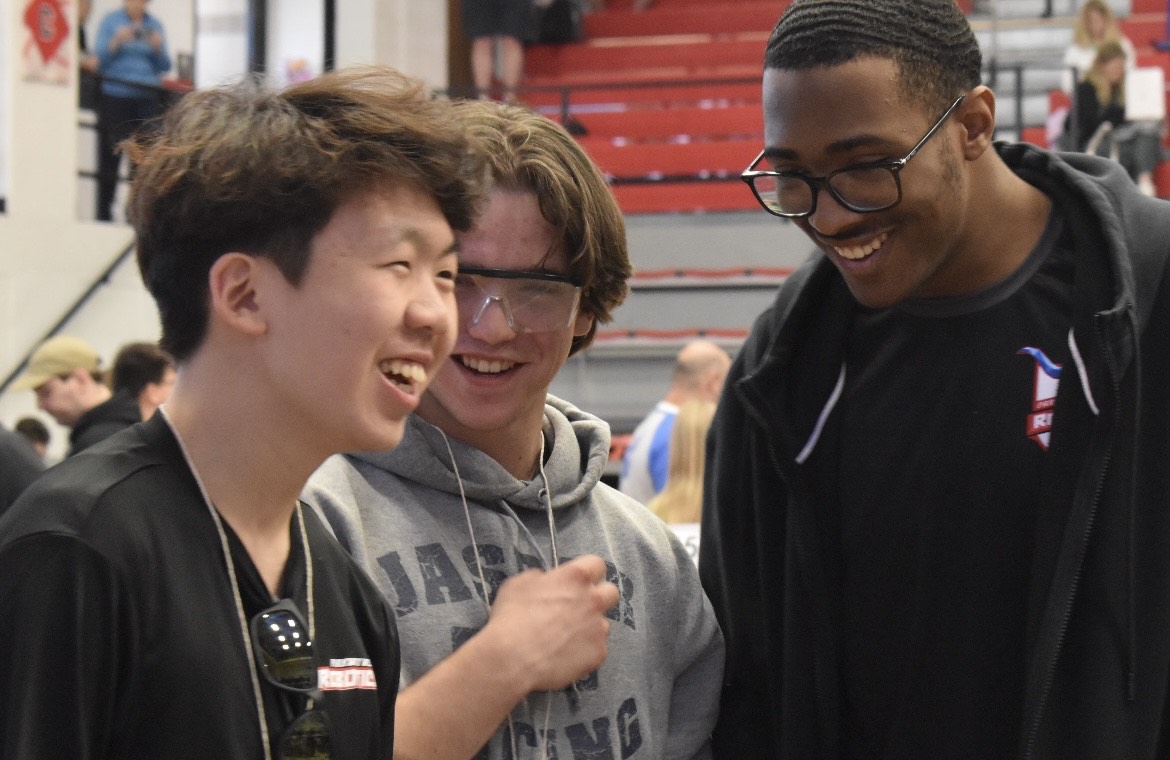

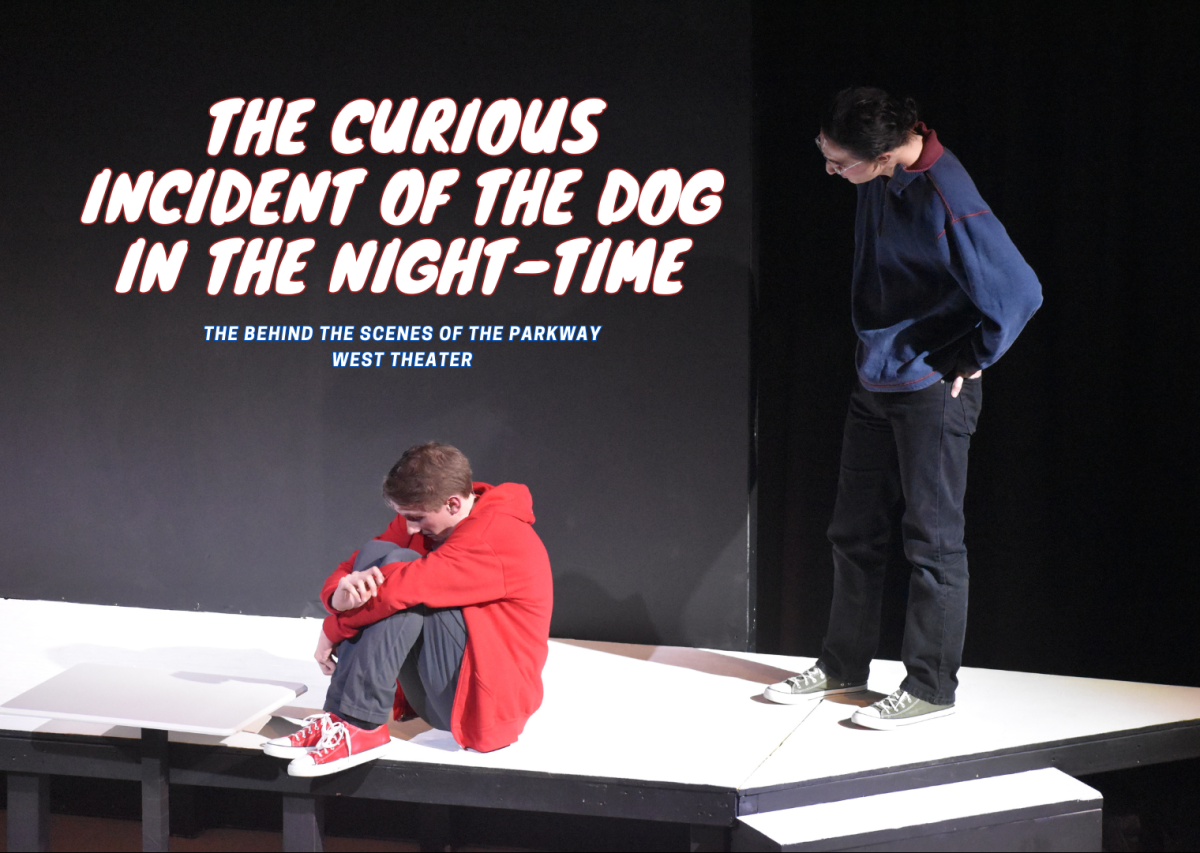
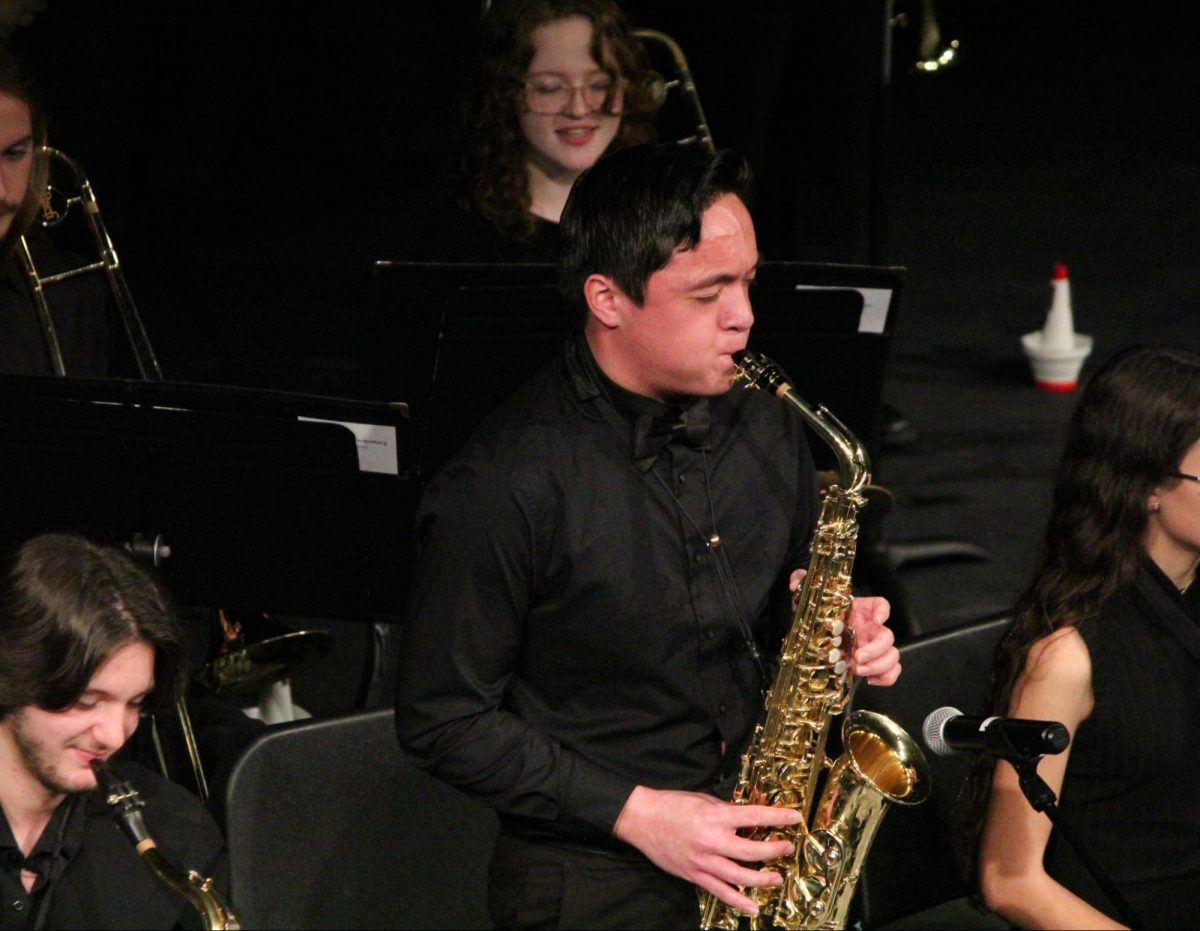
![Senior Dana Zafarani poses in paint reading “Women, Life, Freedom” and “#BarayeAzadi” as a protest against the Iranian government. The experiences of Iranian women inspired Zafarani to assist in any effort to protect women’s rights. “The world should live in peace. Every woman deserves to be equal. Every woman deserves love [and] kindness,” Zafarani said.](https://pwestpathfinder.com/wp-content/uploads/2023/11/Screenshot-2023-10-31-12.54.47-PM.png)
![Business and personal finance teacher Evan Stern stands in front of his classroom. After facing hardships growing up, Stern learned how to deal with them with the help of role models like his dad. “We dealt with some trauma when I was in middle school, and my dad had to be responsible for all three of us while he was working full-time. I know he had to sacrifice a lot. Im sure it was really hard for him, but looking back on it, he did a really good job . I didnt appreciate everything that he did at the time because I was so young. Now, Im engaged and probably going to have kids of my own in the next couple of years so I [am starting] to look at things differently,” Stern said.](https://pwestpathfinder.com/wp-content/uploads/2024/02/Untitled-7-1200x900.jpg)
![Holding his two smiling daughters in his arms, Principal John McCabe celebrates earning his doctorate degree. He attended Maryville University for two years and reached his goal of achieving a Doctor of Education: Educational Leadership degree after months upon months of hard work and long nights. “Im not going to lie, Im glad I have another night of my life back when Im not at school till very late,” McCabe said. “I can spend more time with my family and with my friends [who] are here at [West]. Im really happy about that.”](https://pwestpathfinder.com/wp-content/uploads/2024/01/mccabefeature.png)
![Art teacher Katy Mangrich sits in her classroom, smiling for a picture. During her time in high school, Mangrich learned several lessons that she now passes on to her son. “The biggest life lesson that I learned is honesty. I wouldnt say I was the best teenager, but I learned very quickly in high school to always be forthcoming and honest with my parents because it always ended up serving me better in the long run. [My parents] might have been upset with me [and the mistake I made], but I wasnt going down the rabbit hole of a lie because that was just going to get me into more trouble,” Mangrich said. “I passed [that lesson] along to my nephew. Honesty is always your best approach; just don’t lie. I say that to my son all the time. Theres no advantage to lying, [and] thats a huge takeaway [from] how my parents raised me.”](https://pwestpathfinder.com/wp-content/uploads/2024/01/Screenshot-2024-01-26-10.10.12-AM.png)
![Social studies teacher Aaron Bashirian smiles in front of his classroom. Bashirian didn’t know he wanted to be a teacher from early on, but he found the choice to be a good one. “I started [teaching] because there was an opportunity for me to experiment with it. Fortunately, [teaching] was a good choice. In 2012, I became a teacher at Parkway at the Alternative Discipline Center, which is where they send suspended kids to keep being educated if they choose. I spent six years there and then I got drafted to West, [where] Ive been for about six years,” Bashirian said.](https://pwestpathfinder.com/wp-content/uploads/2024/01/Untitled-35-1200x800.jpg)
![English teacher Angela Frye stands behind her desk in her classroom. Frye went through a lot of personal struggles to get to where she is today, and with each step in her life, she carries her gratitude for those obstacles. “Everything happens for a reason. I believe in [the concept of] good energy, good karma, [from] being a good person. Those are things I dont take lightly. [Struggles] build character. You really appreciate everything you have when you have to work for everything you have,” Frye said.](https://pwestpathfinder.com/wp-content/uploads/2023/11/Untitled-8-1200x800.jpg)

![The celebration of Women’s History Month, originating in 1987, marks an annual acknowledgement of women’s contributions to various fields of work. However, many female revolutionaries remain underrepresented in our history books, oftentimes overshadowed by male counterparts who could reach a greater audience because of their status. “Back then, women didnt have the voice that we do now, [but] their actions gave us the voice we have today to be able to speak up. Now, we share information to show how far we came from,” Black Student Union member and sophomore Jariyah McCalister said.](https://pwestpathfinder.com/wp-content/uploads/2024/04/feature-photo-unsung-4.png)

![Celebrities are inescapable in our day-to-day lives, constantly reminding us of whatever is newest in their lives. And for us on the receiving end, we find ourselves devoting time and effort to vie for just the tiniest sliver of their attention. “[Taylor Swift] is my favorite celebrity, and to me she means someone who is kind, smart and caring,” junior Swati Kumar said. “I feel connected to her and her music; I listen to her everyday and I find [her] very relatable.”](https://pwestpathfinder.com/wp-content/uploads/2024/01/Parasocial-1.jpg)

![January 2024 marks over seven decades since the publishing of “The Bell Jar.” In those seven decades, the novel has opened the eyes of countless women to the unfair treatment they’ve faced, particularly being percieved as nothing more than mothers and the consequences that arise from that. “To my knowledge, [“The Bell Jar” was] one of the earliest novels that explores a womans mental health and inner journey and allows her to go through struggles and make mistakes without vilifying [her]. Shes ambitious yet flawed and unsure how to proceed, like [many] women at the beginning of the 1960s. My mom was born in 1950 and grew up hearing that if she wanted to work, she had three choices: nurse, secretary and teacher. It was a brave new world when she found out there were more options. But that also comes with fear and anxiety and the judgment of others. Sylvia represents that journey,” French teacher Blair Hopkins said.](https://pwestpathfinder.com/wp-content/uploads/2024/01/Mother-26.png)
![In the 1950s, the first recorded spikes in global temperatures were recorded, and ever since, Earth has been in the midst of a disastrous climate crisis, as rising temperatures wreak havoc on susceptible regions and destroy animal habitats worldwide. Junior Nidhi Pejathaya helped found West’s Sustainability Council to create a space where students can educate themselves about climate change and do their part to preserve the environment. “When youre going out of your way to recycle [or] reuse your clothes to save water, youre saving people. Youre saving adults, youre saving families, youre saving children. Youre saving a whole generation. Just because we dont see it doesnt mean its not happening,” Pejathaya said.](https://pwestpathfinder.com/wp-content/uploads/2024/04/new-editorial-feature-1200x800.jpg)



![For the past three years, Parkway has administered high school finals after winter break, a practice that proves to be detrimental to the success as well as the mental health of students. With finals after break appearing to do more harm than good, the question of what changes can be made arises time and time again. “The pressure for finals is difficult, and to have that [pressure for] a few weeks because youre on [a] break can make you generally sad. Its a bummer in general. I wish [finals] were before break, so we [could] have a break to sleep, celebrate and not study. Everyone Ive talked to about it is like yeah, finals sucks, and I wish that wasnt a thing,” junior Meadow Kostial said.](https://pwestpathfinder.com/wp-content/uploads/2024/01/decembereditorial-1200x963.jpg)







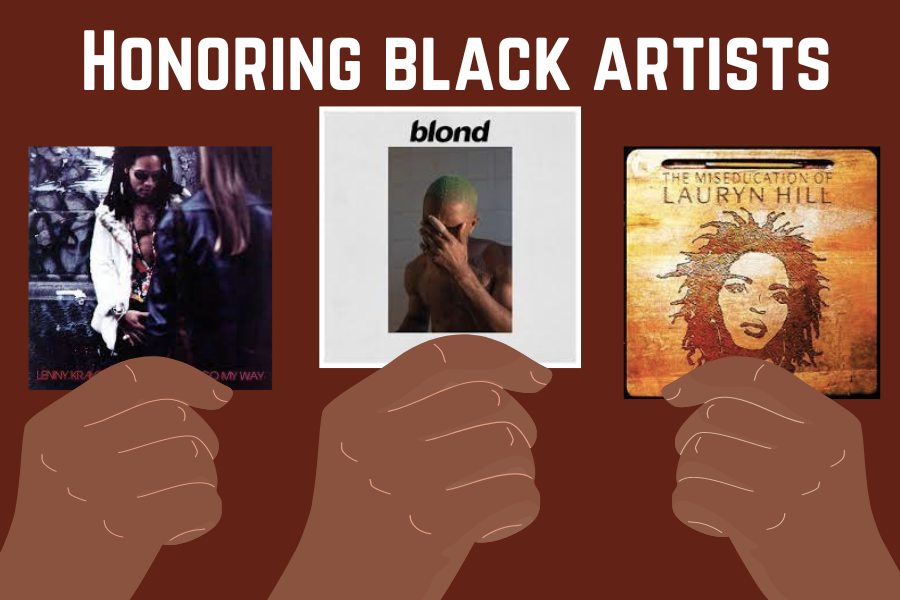




![2023 was defined by female vocalists such as Miley Cyrus, Taylor Swift and Paramore’s Hayley Williams as their diversity and talent amongst their respective genres topped the musical charts. Williams took to Instagram to show her gratitude for having owned the No. 1 spot on Billboard’s Top 100 chart. “We know enough by now to know success doesn’t equal value. That being said, to experience the [No. 1] on this album, as this version of Paramore, is such a sweet and surreal moment to celebrate together,” Williams wrote.](https://pwestpathfinder.com/wp-content/uploads/2023/12/2023-A-Musical-Recap-2.0-1.png)






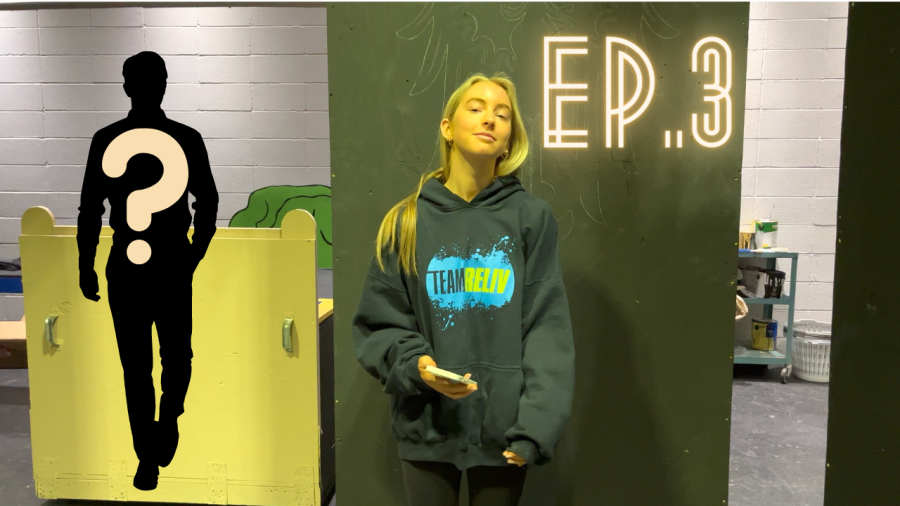
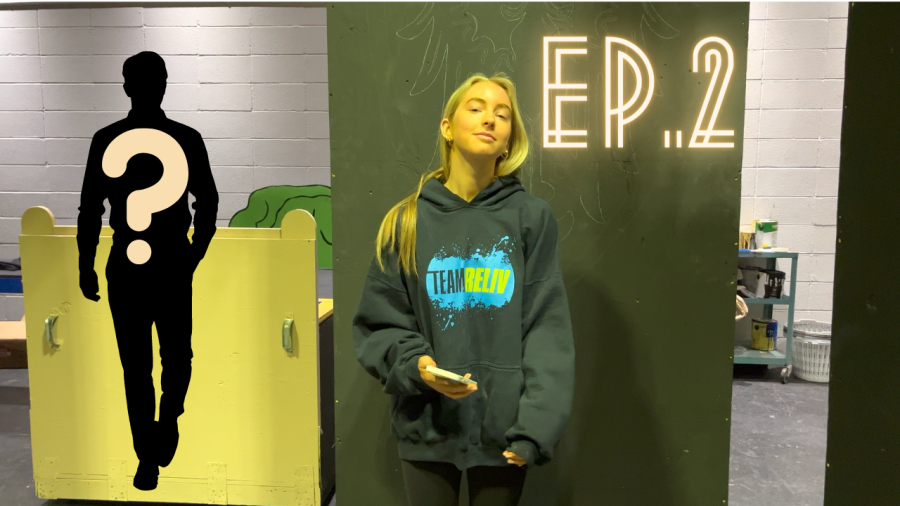
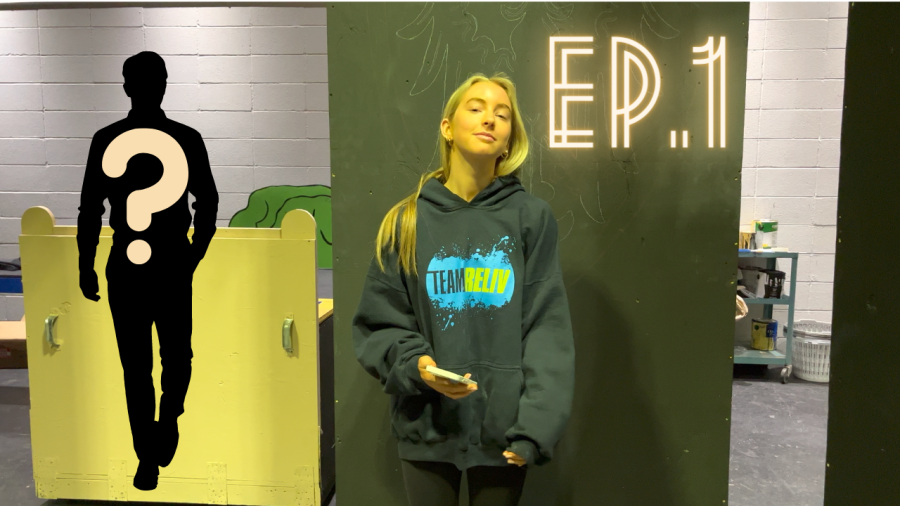
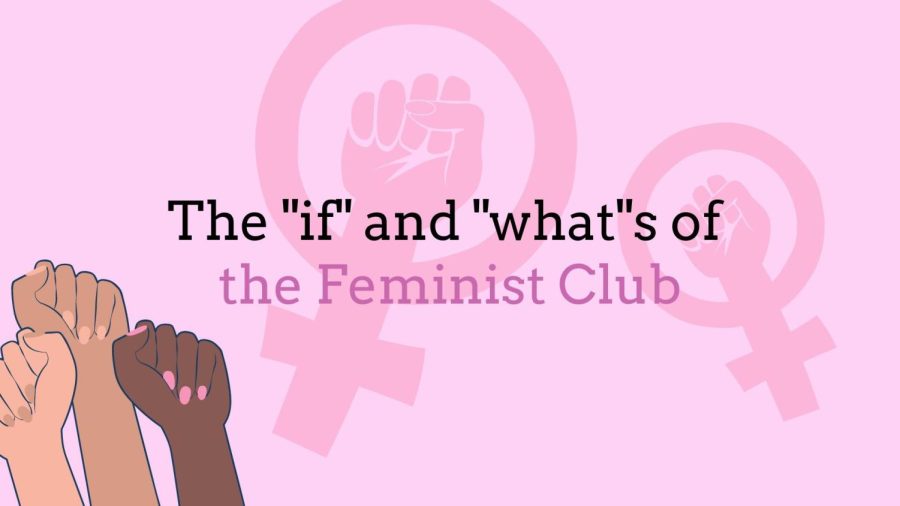
![In perfect shooting form and with eyes on the rim, junior Tyler Kuehl is about to shoot his next basket in the last game of the season against Marquette High School. Kuehl has been playing basketball since he was 5. “Even though I played basketball all my life, the game-winning shots can be pressure, its confidence. If youre going into that shot and not thinking that youre gonna make it, its obviously not going in. And if you believe, [it will]. Thats the only way you can succeed,” Kuehl said.](https://pwestpathfinder.com/wp-content/uploads/2024/01/unnamed-32-1-1200x1200.png)

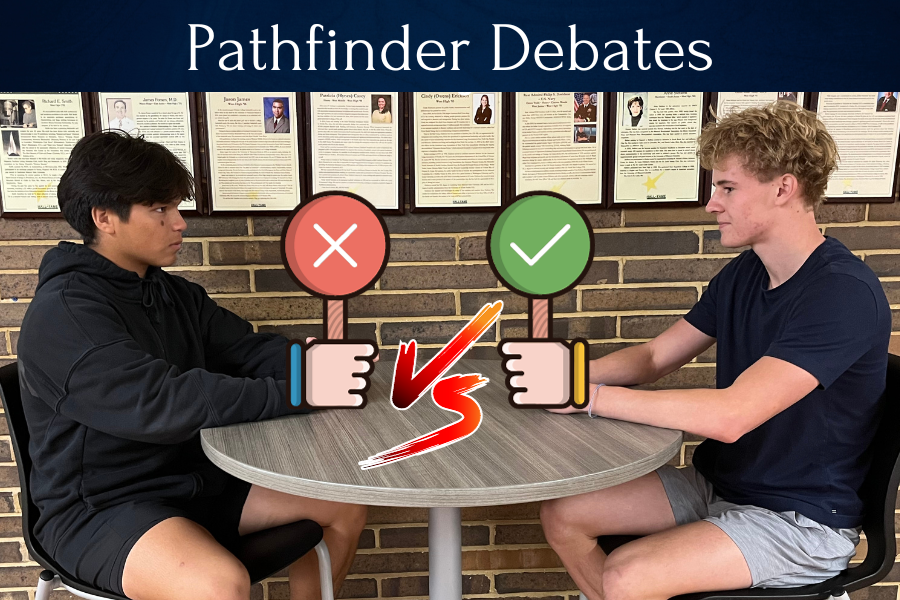



![“The first memory that comes to my head is when everyone starts doing the longhorn rumble when we call [out to the audience], they stomp and clap with us along to the beat of the cheer. I [started to appreciate cheer] when I got to high school. [At first], I did it for fun in middle school just to say that I [had a hobby]. When [I got to] high school my coach appreciated me and [listened to] my opinions. It really made me fall in love with the sport again. My favorite thing about cheer is the friendships that I get from it. [I] get to see the people I’m with all the time because [we] have practice [together often]. Especially during football season [is when I get to] hang out with [my teammates] every day. The people I met through cheer and got close with this year make me [want] to continue cheer. [I also got closer with] the people on [the] varsity team and [was able to gain friendships] through that. I am happy [that I get to] cheer with [everyone] next year. It [urges me to] keep going. The cheer community is fun because everyone just understands each other. Were all very similar [and connected] in ways and its like a tight knit family.” Alyssa Gessner, 9](https://pwestpathfinder.com/wp-content/uploads/2024/04/DSC_0063-1200x800.jpg)
![“Im passionate about volleyball. Ive been playing for six years. I play it because I like the way that, [even though,] its a team sport, its also focused on [a person] individually; especially in my position since Im the back row defense where the ball can hit me. Its [up to] me, I can’t blame anybody else. I like how its very focused on [the] performance and how well [I] react to how the other team plays. The way I play really matters to me because it’s a team sport and I dont want to let my teammates down.” Emma Barton, 9](https://pwestpathfinder.com/wp-content/uploads/2024/04/image1-1200x800.jpg)
![“Im very passionate about debating, [which is why] I am [a member of the] speech and debate team. I like how it offers opportunities to speak [from] viewpoints on different opinions with people outside of our group from other schools around our communities. I usually participate in public forum debates [and] the topic [we speak about] changes every month. One debate that I was most invested in [took place in] February; which was [about whether or not] the US federal government should ban all single use plastics. I feel like I spent the most time working on this case [than any other discussion], and I was determined to make it into finals. I hold competition very dear to me. I have only gone to two tournaments so far, but Ive already made it into the finals. [Finals are important because], I think it really shows how much growth and [effort you’ve put in through the battle].” - Bethany Liao, 9](https://pwestpathfinder.com/wp-content/uploads/2024/04/Bethany-L-1200x800.jpg)
![“My goal for soccer this season is not only to improve in skill, but also to improve my way of communication. [To] not always put the blame on myself since a team [improves together]. So my goal [coming into the team] was to not be so harsh on myself and to know that not the whole team depends on [me]. We all work as a team, and everyone [plays] a different [role]. The most exciting game this season was the first game, even though we lost it was like an exciting experience because it was the first game and it was nice seeing all my friends playing on the field together. I really improved my communication [skills]. My goal is to continue to strengthen my [ability of] communication [with the team] and to also improve my skill [at playing soccer].” - Ali Abdulsattar, 9](https://pwestpathfinder.com/wp-content/uploads/2024/03/pasted-image-0-1200x800.png)
![“I’ve been playing baseball since I was four. The MLB inspired me to play, [but] my dad is my biggest inspiration. Hes very respectful and very hardworking. He taught me to stick close to your friends who will help you achieve your goals and not get in the way of them. Baseball has made me grow with the way I start friendships. Its helped me grow [more with] athletic performances and how I accomplish things throughout life. Friendships play a big part in baseball, [especially] when you’ve been playing on the same team since you were a kid. It was really nice playing with the same people because I really got an understanding of who they are and how they play the game. You also get to see how they grow athletically and mentally over time. I formed friendships with those people I spent most of my time with and it was hard to leave that team, it’s like I left a family. [My goal for this season] is to lead my team and to have a really good record. I’ve already built relationships with my teammates through classes and just hanging outside of school.” - Isaac Sinak, 9](https://pwestpathfinder.com/wp-content/uploads/2024/03/IMG_0119-1200x800.jpg)
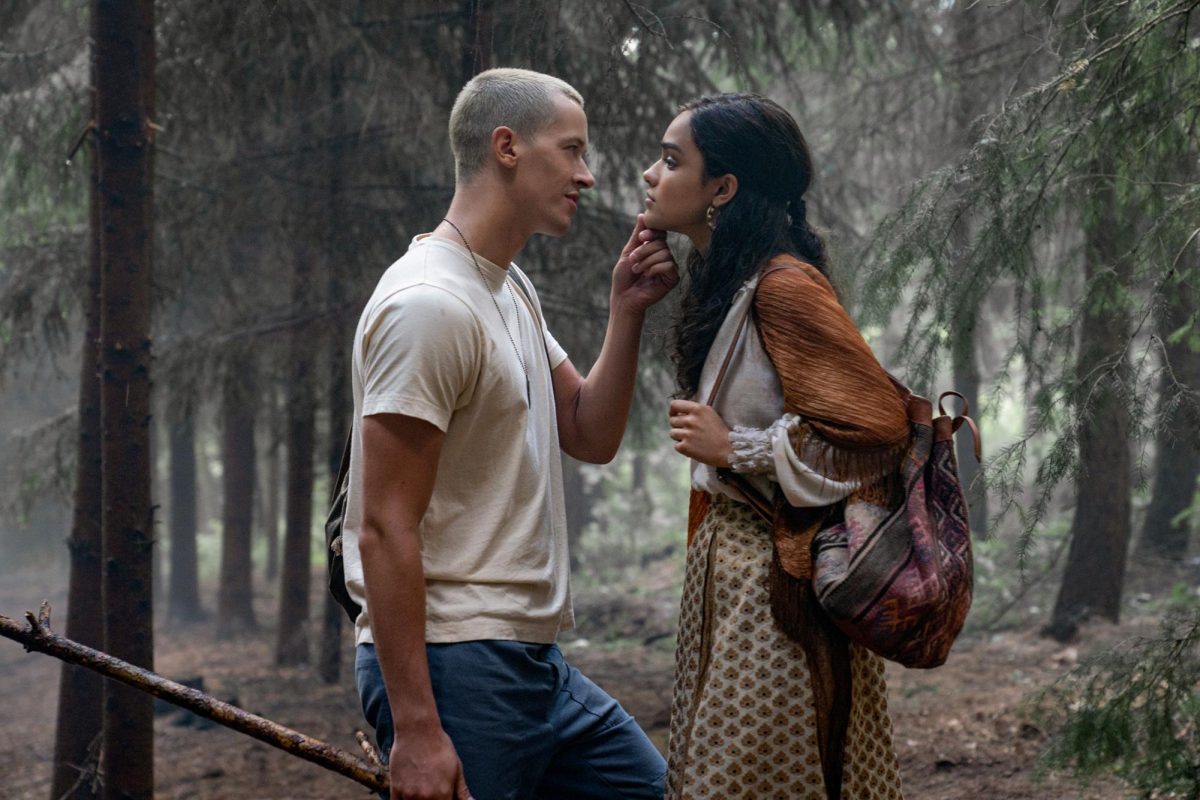
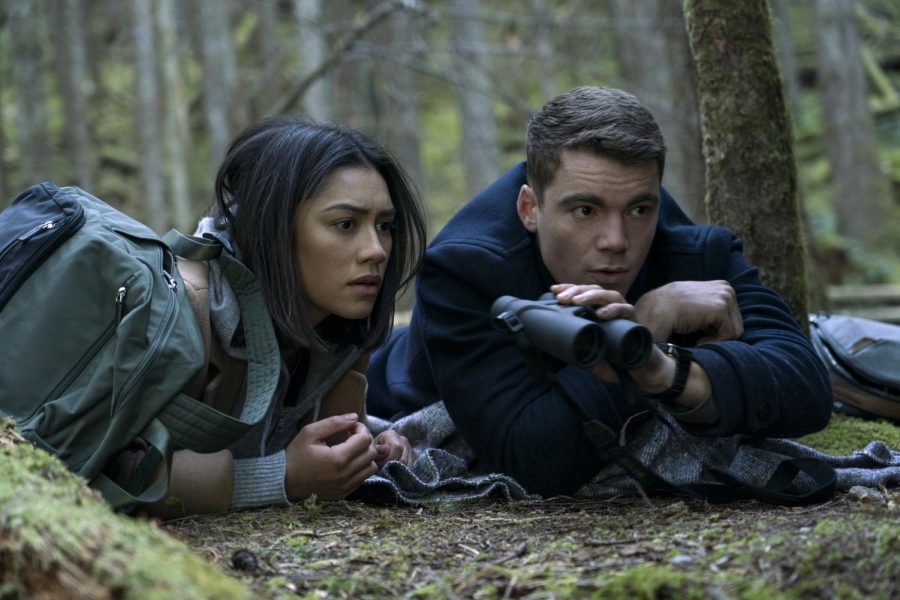
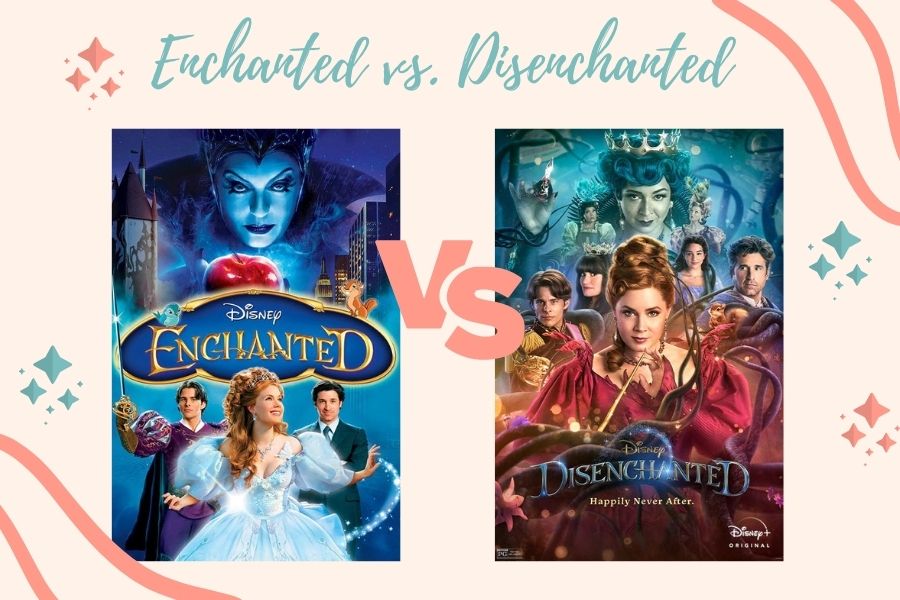
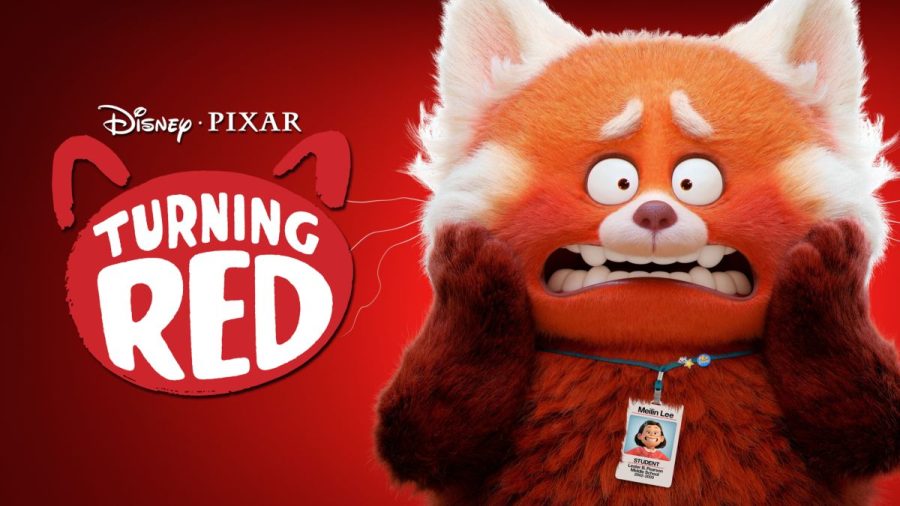
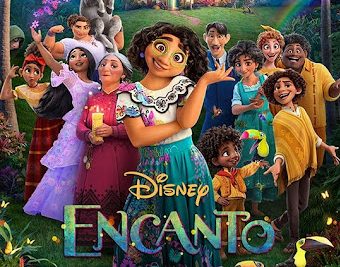

![At the Spring Pep Rally on March 8, boys varsity water poloist and junior Jack Brau stands with the boys water polo team. The group, hoping to include everyone — whether boy or girl, varsity or JV — cheered on the girls water polo team during the sports team runouts. “Even though we all play separate games and have different practices, we like to see ourselves as one big group who represent one water polo [team],” Brau said.](https://pwestpathfinder.com/wp-content/uploads/2024/04/DSC_8810-1-1200x800.jpg)
